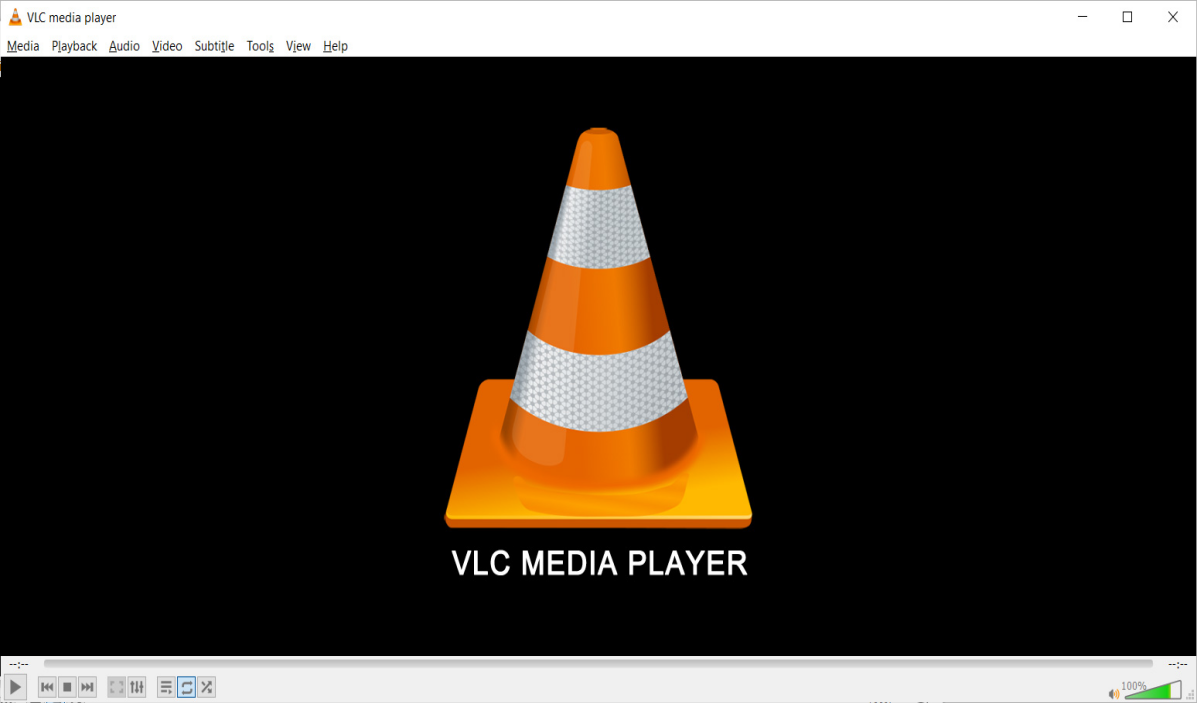Categories
New Blog
VLC Media Player
December 24 , 2021What is VLC media player?
VLC media player (previously the VideoLAN Client and commonly known as simply VLC) is a free and open-source, portable, cross-platform media player software and streaming media server developed by the VideoLAN project. VLC is available for desktop operating systems and mobile platforms, such as Android, iOS and iPadOS. VLC is also available on digital distribution platforms such as Apple's App Store, Google Play, and Microsoft Store.
VLC has been the most popular open-source media player. Tonmind IP Speaker supports the RTP broadcasting streaming by VLC. The default distribution of VLC includes many free decoding and encoding libraries, avoiding the need for finding/calibrating proprietary plugins. The libavcodec library from the FFmpeg project provides many of VLC's codecs, but the player mainly uses its own muxers and demuxers. It also has its own protocol implementations. It also gained distinction as the first player to support playback of encrypted DVDs on Linux and macOS by using the libdvdcss DVD decryption library; however, this library is legally controversial and is not included in many software repositories of Linux distributions as a result. It is available on iOS under the MPLv2.

Features
Effects (desktop version)
The desktop version of VLC media player has some filters that can distort, rotate, split, deinterlace, and mirror videos as well as create display walls or add a logo overlay during playback. It can also output video as ASCII art.
An interactive zoom feature allows magnifying into video during playback. Still images can be extracted from video at original resolution, and individual frames can be stepped through, although only in forward direction.
Playback can be gamified by splitting the picture inside the viewport into draggable puzzle pieces, where the row and column count can be set as desired.
Apart from RTP Broadcasting streaming by VLC, Tonmind IP Paging Speakers software- Audio Manager also supports the audio sources from MIC, media player and local media. Any media player played by connecting PC can be output by Tonmind IP Speaker, for instance Spotify, Youtube, Netflix, etc.
Formats
Because VLC is a packet-based media player it plays almost all video content. Even some damaged, incomplete, or unfinished files can be played, such as those still downloading via a peer-to-peer (P2P) network. It also plays m2t MPEG transport streams (.TS) files while they are still being digitized from an HDV camera via a FireWire cable, making it possible to monitor the video as it is being played. The player can also use libcdio to access .iso files so that users can play files on a disk image, even if the user's operating system cannot work directly with .iso images.
VLC supports all audio and video formats supported by libavcodec and libavformat. This means that VLC can play back H.264 or MPEG-4 Part 2 video as well as support FLV or MXF file formats "out of the box" using FFmpeg's libraries. Alternatively, VLC has modules for codecs that are not based on FFmpeg's libraries. VLC is one of the free software DVD players that ignore DVD region coding on RPC-1 firmware drives, making it a region-free player. However, it does not do the same on RPC-2 firmware drives, as in these cases the region coding is enforced by the drive itself, however, it can still brute-force the CSS encryption to play a foreign-region DVD on an RPC-2 drive.
VLC media player can play high-definition recordings of D-VHS tapes duplicated to a computer using CapDVHS.exe. This offers another way to archive all D-VHS tapes with the DRM copy freely tag. Using a FireWire connection from cable boxes to computers, VLC can stream live, unencrypted content to a monitor or HDTV. VLC media player can display the playing video as the desktop wallpaper, like Windows DreamScene, by using DirectX, only available on Windows operating systems. VLC media player can record the desktop and save the stream as a file, allowing the user to create screencasts. On Microsoft Windows, VLC also supports the Direct Media Object (DMO) framework and can thus make use of some third-party DLLs (Dynamic-link library). On most platforms, VLC can tune into and view DVB-C, DVB-T, and DVB-S channels. On macOS the separate EyeTV plugin is required, on Windows it requires the card's BDA Drivers.
VLC can be installed or run directly from a USB flash drive or other external drive. VLC can be extended through scripting; it uses the Lua scripting language. VLC can play videos in the AVCHD format, a highly compressed format used in recent HD camcorders. VLC can generate a number of music visualization displays. The program is able to convert media files into various supported formats.
Both desktop and mobile releases are equipped with an audio equalizer.
Operating system compatibility
VLC media player is cross-platform, with versions for Windows, Android, Chrome OS, BeOS, Windows Phone, iOS, iPadOS, macOS, tvOS, OS/2, Linux, and Syllable. However, forward and backward compatibility between versions of VLC media player and different versions of OSes are not maintained over more than a few generations. 64-bit builds are available for 64-bit Windows.
VLC Media Player is a very widely used open source media player. Tonmind IP PoE Speaker can support RTP broadcasting played by VLC, which supports many audio and video compression methods and file formats, including DVD-Video, video CD and streaming protocols. It's able to stream media over computer networks and can transcode multimedia files.